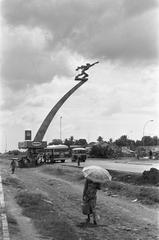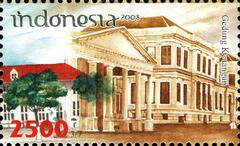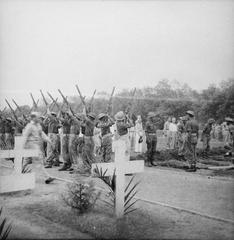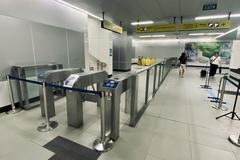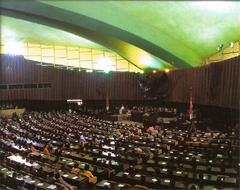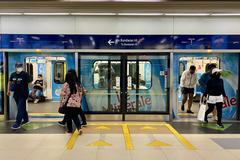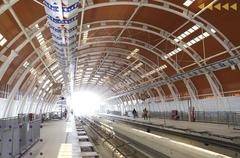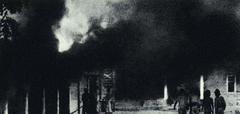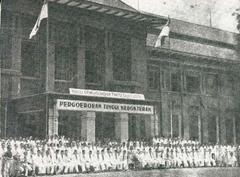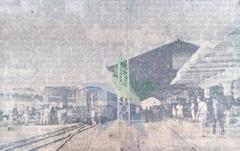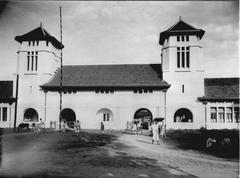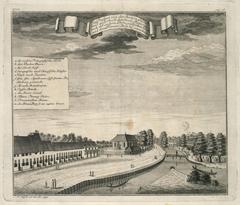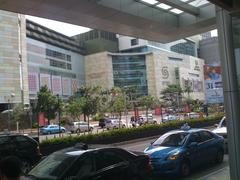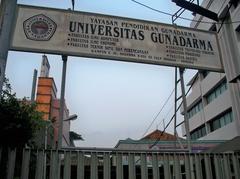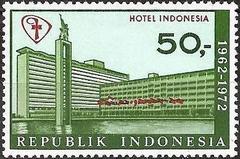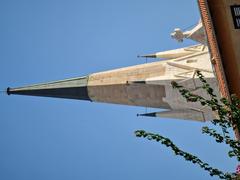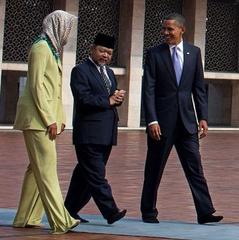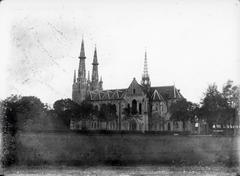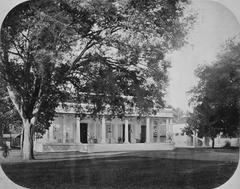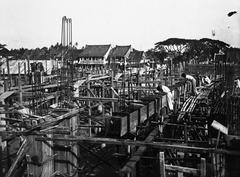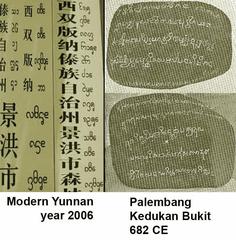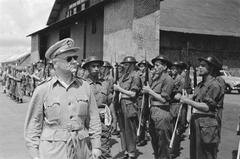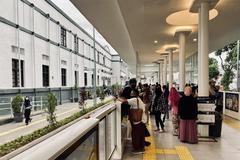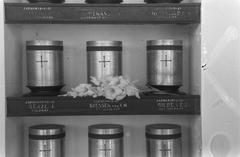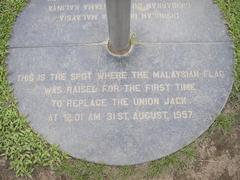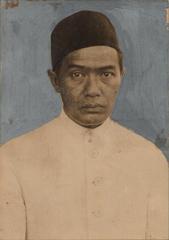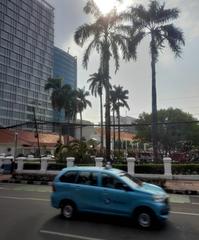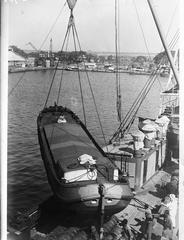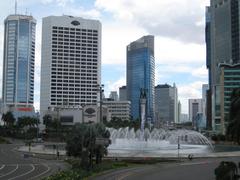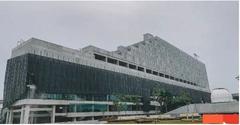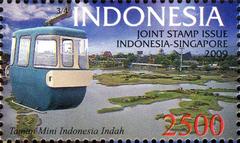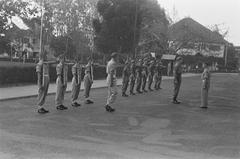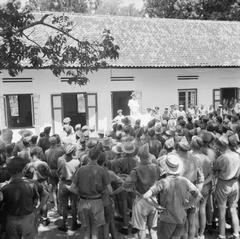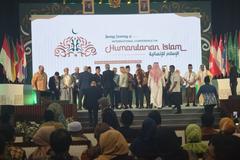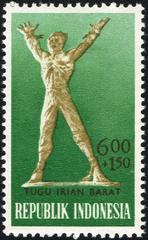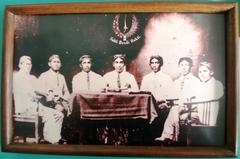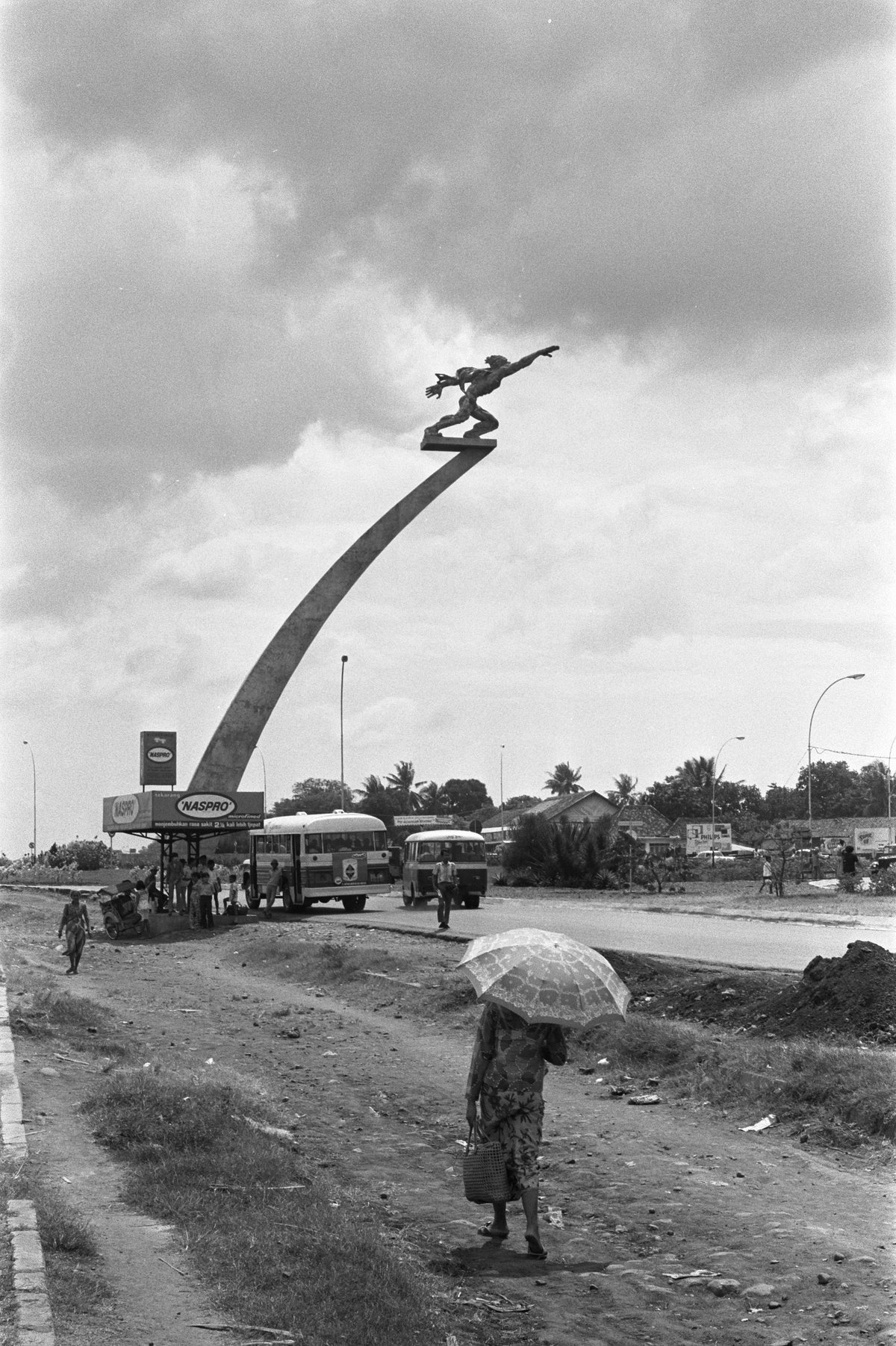
Dirgantara Monument Jakarta: Visiting Hours, Tickets, and Comprehensive Guide
Date: 15/06/2025
Introduction
The Dirgantara Monument—widely recognized as Patung Pancoran—stands as an emblematic feature of Jakarta’s skyline. Erected in the 1960s, this towering bronze statue celebrates Indonesia’s aviation achievements and the nation’s post-independence ambitions. Strategically positioned in South Jakarta’s bustling Pancoran district, the monument serves not only as a tribute to pioneering airmen but also as a cultural and navigational landmark for the city. Whether you are a history enthusiast, architecture aficionado, or a traveler seeking Jakarta’s best historical sites, this detailed guide covers everything you need to know: from visiting hours and ticketing to historical context, nearby attractions, and preservation efforts.
For additional historical insights and practical visitor information, consult Sosiologiku, Wikipedia, and the Official Jakarta Tourism website.
Historical Background
Origins and Conception
Commissioned in 1964 by Indonesia’s first president, Ir. Soekarno, the Dirgantara Monument was envisioned as a proud symbol of Indonesia’s aviation advancements and post-independence dreams. The word “Dirgantara” itself is derived from Sanskrit, meaning “sky” or “airspace,” reflecting the monument’s aviation theme (Sosiologiku). The statue was brought to life by renowned sculptor Edhi Sunarso, collaborating with architect Ir. Sutami and the firm PN Hutama Karya.
Construction and Political Context
Construction began in 1964, but political upheaval and financial hurdles delayed completion until 1966. President Soekarno and Edhi Sunarso personally contributed to funding, with Soekarno even selling his car to support the project (Sosiologiku). Despite the challenges, the monument was completed and quickly became a symbol of national resilience.
Location and Urban Significance
The monument commands a vital intersection at Jalan Gatot Subroto and the Pancoran flyover in South Jakarta, making it a familiar sight to commuters and travelers. Facing north towards the former Kemayoran International Airport, it sits near Wisma Aldiron Dirgantara, the former headquarters of the Indonesian Air Force (Sosiologiku). Its strategic placement integrates the monument into Jakarta’s urban fabric and military history.
Symbolism and Artistic Vision
Patung Pancoran’s dynamic form—depicting a heroic figure reaching skyward—captures Indonesia’s spirit of innovation and courage. The pose, inspired by the legendary Gatot Kaca from Javanese wayang (shadow puppet) tradition, expresses national pride and optimism for technological progress (Wikipedia; Holidify; javaprivatetour.com).
Legacy of Edhi Sunarso
Edhi Sunarso’s artistic legacy extends far beyond this monument. He is revered as a pioneer of Indonesian monumental sculpture, with works that commemorate national milestones and inspire patriotism.
Architectural Features
Design and Materials
Standing approximately 45 meters tall (including its concrete pedestal), the Dirgantara Monument is constructed of bronze, chosen for its resilience and ability to capture fine artistic details. The statue’s forward-thrusting form, with the right arm extended toward the former airport, symbolizes the nation’s aerospace ambitions (Skycity Trans; Sketchfab).
Structural Engineering
The sturdy pedestal tapers upward, engineered to withstand both Jakarta’s tropical climate and seismic activity. Constructed in sections, the statue was assembled on-site—a remarkable technical feat for its time.
Nighttime Aesthetics
At night, decorative lighting accentuates the statue’s dramatic lines, making it a prominent beacon visible from major city arteries (Salsa Wisata).
Visitor Information
Visiting Hours
- Open daily: 6:00 AM – 6:00 PM.
(Some sources and local guidelines may extend viewing hours to 8:00 PM, but the official recommendation is to visit during daylight.)
Tickets
- Entry Fee: Free. The monument is viewable from public spaces and is not enclosed or ticketed.
Accessibility
- Mobility Access: The surrounding pedestrian pathways and ramps accommodate wheelchair users. Nearby parking includes designated spots for disabled visitors.
- Safety: Security measures include cameras, landscaping barriers, and clear signage.
How to Get There
- Public Transport: TransJakarta buses serve the Pancoran area with stops near the monument.
- Ride-Hailing: Grab and Gojek services provide direct access.
- Private Vehicles: Parking is available, but limited during peak hours.
Guided Tours and Events
- While no official on-site tours exist, many Jakarta city tours include the Dirgantara Monument as a featured stop. Cultural walking tours of South Jakarta may also pass by the monument. Special ceremonies occur on national holidays and aviation commemorations.
Tips for Visitors
- Visit in early morning or late afternoon for optimal lighting and less traffic.
- Bring sun protection and water, as the area is outdoors.
- Combine your visit with nearby historical sites for a richer experience.
Nearby Attractions
- Kalibata Heroes Cemetery
- Museum Satria Mandala
- Taman Mini Indonesia Indah
- Gelora Bung Karno Sports Complex
- Local eateries and shopping centers like Kalibata Mall
Conservation and Preservation
Maintenance and Restoration
The Jakarta Provincial Government oversees routine maintenance, including surface cleaning, structural assessments, and protective coatings. Major restorations were completed in 2014 and 2023 to address corrosion and pollution effects (ObserverID; Kompas).
Conservation Challenges
Environmental threats include heavy traffic pollution and tropical weathering. Advanced bronze coatings, waterproofing, and non-invasive monitoring technologies are used to ensure the monument’s longevity (ScienceDirect).
Community Involvement
Public education programs and community events enhance local engagement and foster ongoing protection of the monument’s heritage value.
Frequently Asked Questions (FAQ)
Q: What are the Dirgantara Monument visiting hours?
A: Open daily from 6:00 AM to 6:00 PM.
Q: Is there an entrance fee?
A: No, the monument is free and accessible to the public.
Q: How can I reach the monument?
A: By TransJakarta bus, ride-hailing services, or private vehicle. The monument is located at the intersection of Jalan Gatot Subroto and the Pancoran flyover.
Q: Can I enter the statue or its base?
A: No, public access is limited to the surrounding outdoor areas.
Q: Is the site accessible for people with disabilities?
A: Yes, with ramps and accessible pathways.
Q: Are guided tours available?
A: Not on-site, but many Jakarta city tours include the monument as a stop.
Travel Tips and Final Thoughts
- For the best experience, visit during weekday mornings for minimal crowds and clearer air.
- Use public transportation to avoid traffic congestion.
- Respect the monument and follow posted guidelines.
The Dirgantara Monument stands as a testament to Indonesia’s determination, resilience, and technological ambition. Its imposing bronze figure, artistic mastery, and strategic location make it a must-see Jakarta landmark. Visitors are invited to explore the monument’s story, appreciate its cultural significance, and share their experiences using #JakartaHeritage.
For the latest updates on visiting hours, events, and preservation news, download the Audiala app and follow official social media channels.
References and Further Reading
- Sosiologiku – History of Dirgantara Monument
- Wikipedia – Dirgantara Monument
- Official Jakarta Tourism
- ObserverID – Preservation Efforts
- Skycity Trans – Architectural Features
- Kompas – Conservation Insights
- ScienceDirect – Conservation Challenges
- Evendo – Visitor Information
- Holidify – Popular Culture References
